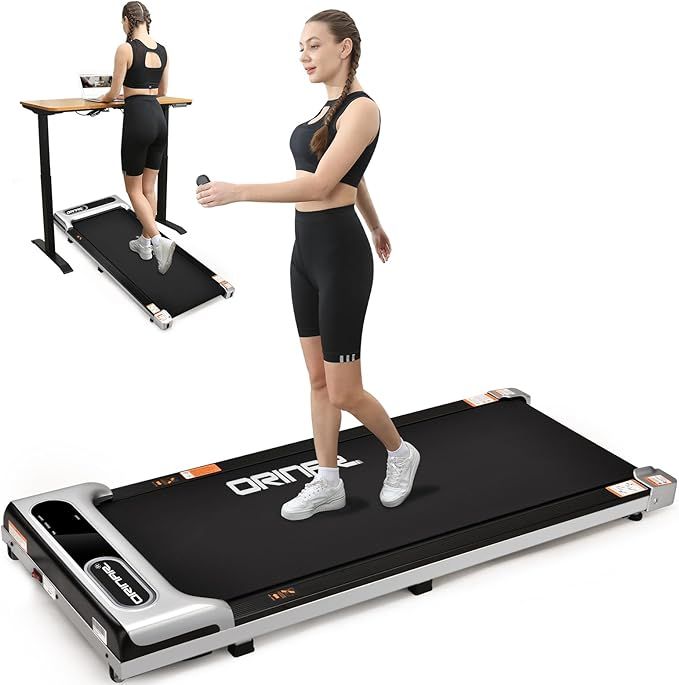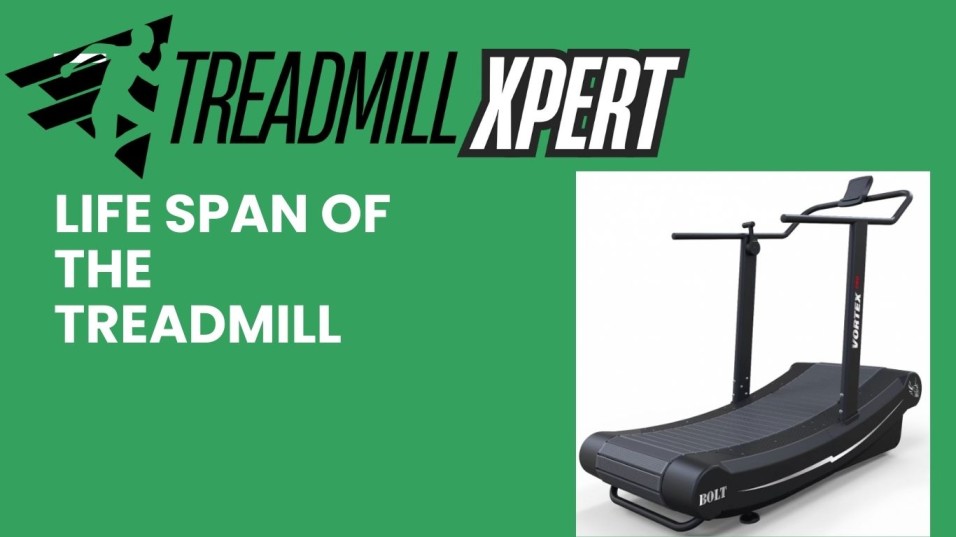Life Span of a Treadmill: What You Need to Know
If you’re planning to invest in a treadmill or already own one, you might be wondering about the life-span-a-treadmill and how to make it last longer. Like any machine, a treadmill’s lifespan depends on several key factors—usage, build quality, maintenance, and more.
In this article, we’ll break down everything you need to know about how long treadmills typically last, what affects their durability, and what you can do to extend their life.
How Long Does a Treadmill Last?
The average life-span-a-treadmill is 7 to 12 years for home models with proper care. However, this number can vary based on the quality of the machine and how often it’s used.
Here’s a breakdown by treadmill type:
🔹 Entry-Level Treadmills
-
Lifespan: 3–5 years
-
Use case: Light to moderate home use
-
Notes: These models are budget-friendly but often made with lower-grade materials.
🔹 Mid-Range to High-Quality Home Treadmills
-
Lifespan: 5–10 years
-
Use case: Regular home workouts
-
Notes: With good care and maintenance, these can even last over 10 years.
🔹 Premium/High-End Home Treadmills
-
Lifespan: 8–12 years
-
Use case: Daily use by multiple people
-
Notes: Built with stronger frames and durable motors.
🔹 Commercial Treadmills (Gym-Grade)
-
Lifespan: 4–7 years (with heavy public use)
-
Heavy-Duty Commercial Units: Can last up to 15 years with routine maintenance in controlled environments like clinics and rehabilitation centers.
Factors That Affect the Life-Span-a-Treadmill
1. Build Quality and Materials
The treadmill’s frame, motor, belt, and electronics play a huge role. Machines made with high-quality materials last much longer than cheaper alternatives. Budget treadmills often have plastic components that wear down quickly.

2. Frequency and Type of Use
-
Light Use (3x a week, walking): Longer lifespan
-
Heavy Use (daily, running): Shorter lifespan, especially without proper care
-
The more intense and frequent the use, the more wear and tear occurs.
3. User Weight and Running Style
Heavier users and high-impact running will put more strain on the treadmill’s motor and belt. Always check the treadmill’s weight capacity and avoid exceeding it to reduce mechanical stress.
4. Maintenance and Cleaning
Neglecting maintenance is one of the fastest ways to shorten the life-span-a-treadmill. Common issues like friction, dust buildup, and belt misalignment can lead to expensive repairs if left unchecked.
Key maintenance practices include:
-
Lubricating the belt/deck every 3-6 months
-
Cleaning under and on the belt regularly
-
Inspecting and tightening bolts and screws
-
Monitoring belt alignment and tension
5. Following Manufacturer Guidelines
Always refer to the treadmill’s manual for specific instructions on maintenance, usage limits, and troubleshooting. Skipping these guidelines often leads to early wear.
Signs It’s Time to Replace Your Treadmill
Even with good care, treadmills eventually wear out. Here are some common signs your treadmill may be nearing the end of its life:
⚠️ Belt Slipping
If the belt continues slipping even after tension adjustments, it could mean the motor or rollers are worn out.
⚠️ Unusual Noises
Grinding, squeaking, or thumping noises often signal serious internal issues—either with the belt, motor, or rollers.
⚠️ Unstable Frame or Components
Loose or cracked frames and wobbly parts reduce safety and can’t always be fixed affordably.
⚠️ Console and Electrical Problems
Malfunctioning displays, incline features, or sensors are often expensive to fix—especially in older models.
⚠️ High Repair Costs
If repairs start costing more than 50-60% of a new treadmill, replacement is usually more cost-effective.
⚠️ Outdated Technology
Older treadmills without support or spare parts may no longer be practical to keep running.
How to Extend the Life-Span-a-Treadmill
Want your treadmill to go the distance? Here are some expert tips to help extend its working life:
✅ Follow a Regular Maintenance Schedule
-
Clean the treadmill after every use
-
Lubricate the belt and deck every few months
-
Replace worn parts before they cause more damage
✅ Keep It Clean
Dust, pet hair, and sweat can damage electronics and moving parts. Keep your treadmill in a clean area and wipe it down regularly.
✅ Monitor Belt Tension and Alignment
Misaligned or loose belts increase friction and wear. Check alignment often, especially after long runs or frequent use.
✅ Don’t Exceed Weight Limits
Always stay within the treadmill’s weight capacity to avoid overloading the motor and frame.
✅ Let the Motor Cool Down
After a workout, allow a cool-down session to avoid sudden motor shutdown. This helps reduce long-term strain on components.
Quick Comparison: Treadmill Lifespan by Price Range
| Price Range | Lifespan | Quality Level |
|---|---|---|
| Budget ($500–$1,500) | 3–7 years | Entry-Level |
| Mid-Range ($1,500–$3,000) | 7–12 years | Home Fitness Grade |
| Premium ($3,000+) | 10–15 years | Commercial Grade |
Summary: Life-Span-a-Treadmill at a Glance
-
Average Home Treadmill Lifespan: 7–12 years
-
Commercial Treadmills: 4–7 years (heavier usage)
-
High-End Machines: Up to 15 years with proper care
-
Key to Longevity: Regular maintenance, proper cleaning, and avoiding overload

Final Thoughts
The life-span-a-treadmill depends on several factors, but most of all—how well you take care of it. Whether you own a budget model or a premium gym-grade treadmill, a little regular care goes a long way.
Instead of waiting for problems to pile up, follow your treadmill’s manual, clean it routinely, and service it when needed. That way, you’ll enjoy years of smooth workouts without unexpected breakdowns.
FAQs About Treadmill Lifespan
Q: How often should I lubricate my treadmill?
Every 3 to 6 months, or every 150 miles of use, depending on the manufacturer’s instructions.
Q: Is it worth repairing an old treadmill?
If repair costs exceed 60% of a new treadmill’s price, replacing it is usually the better option.
Q: Do manual treadmills last longer?
They can last longer since they have fewer electronic parts, but they still need care and cleaning.
